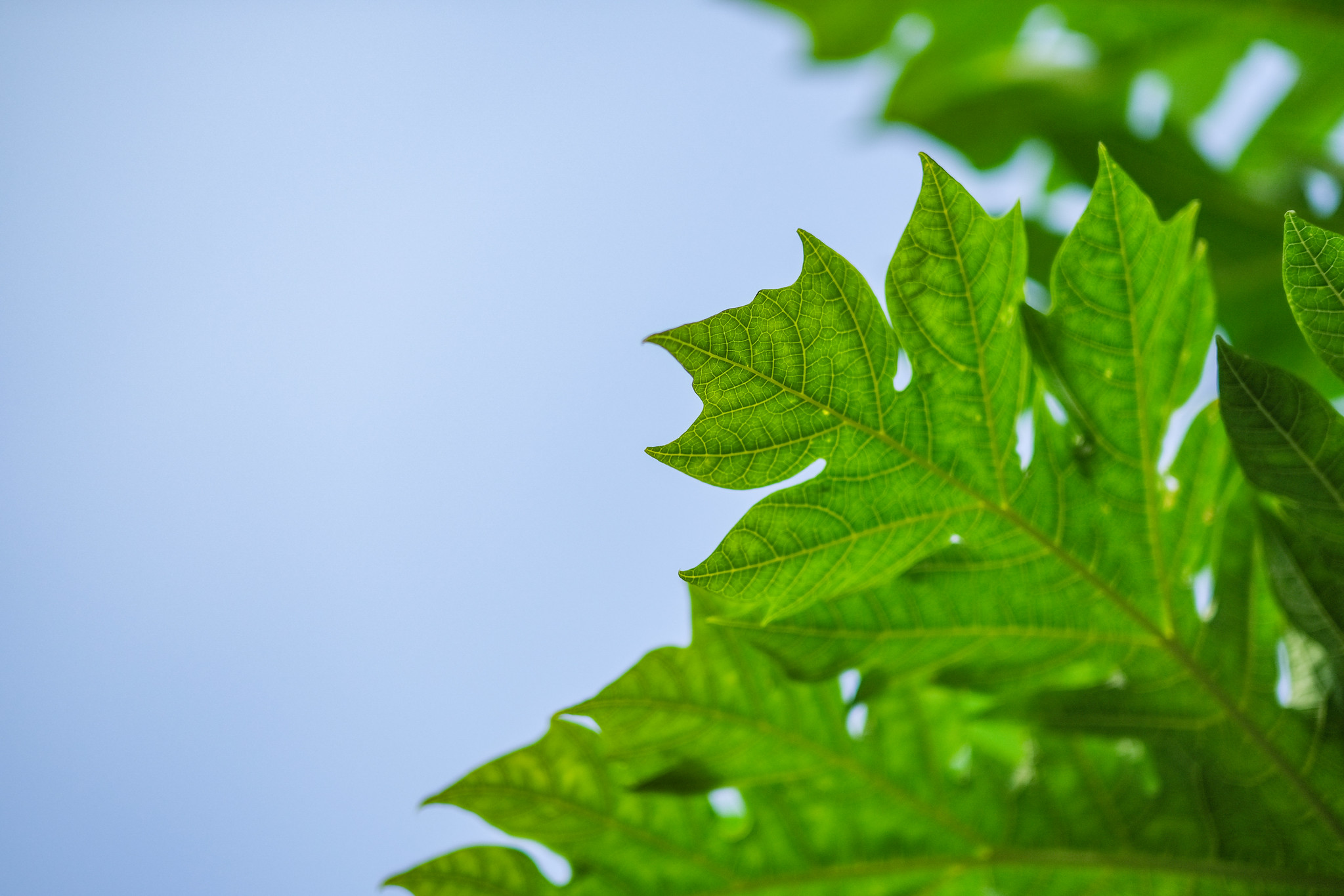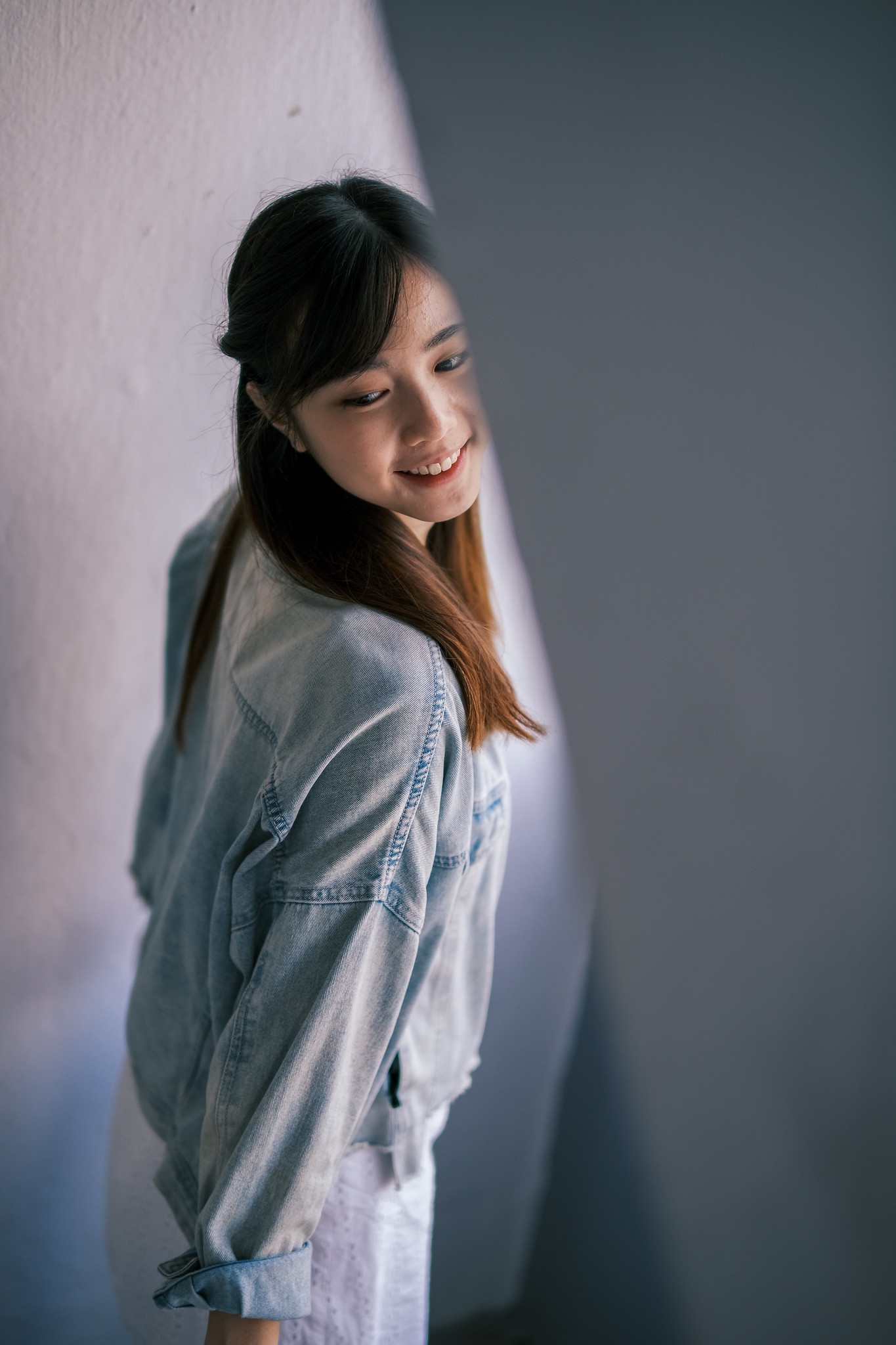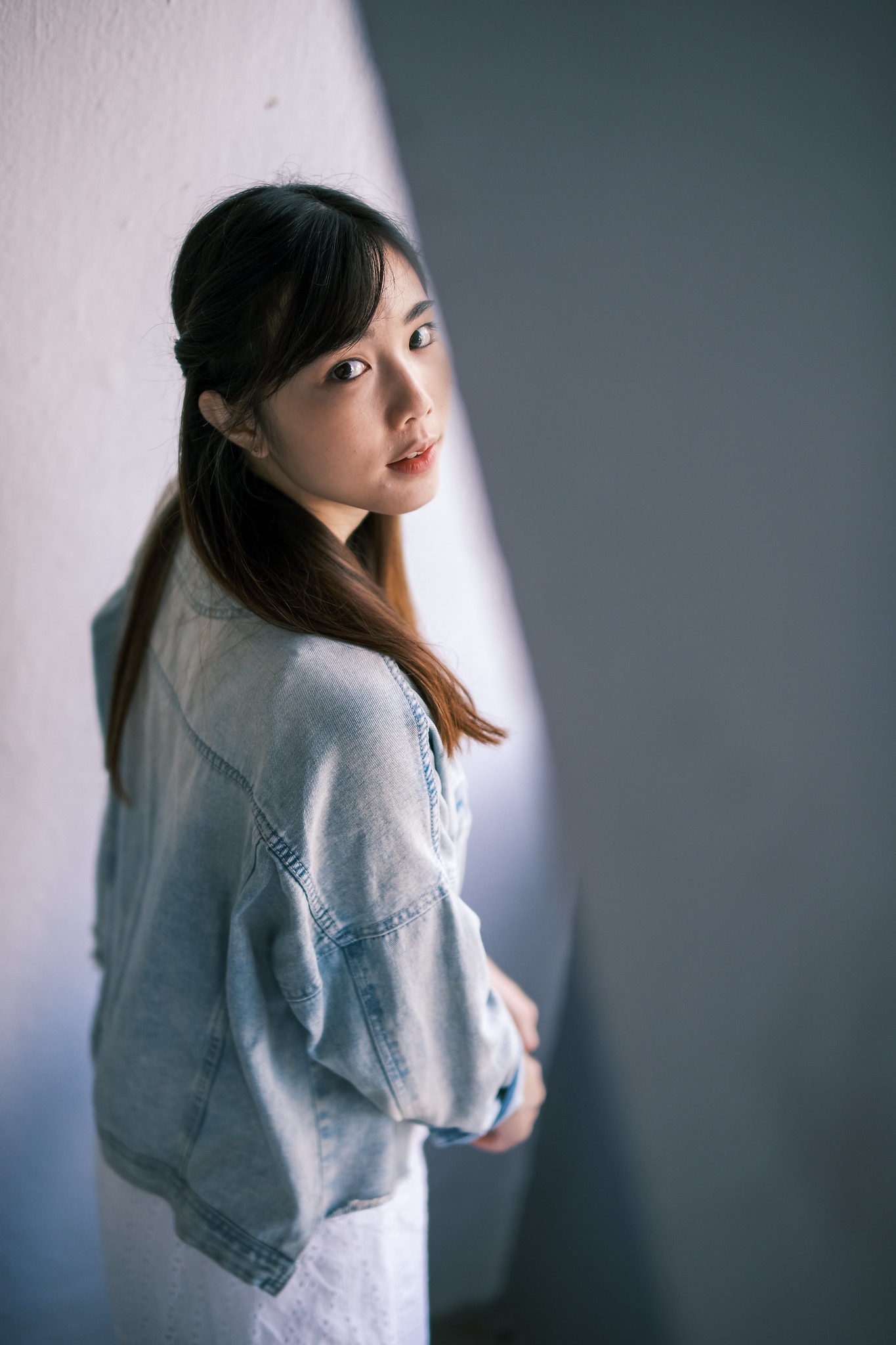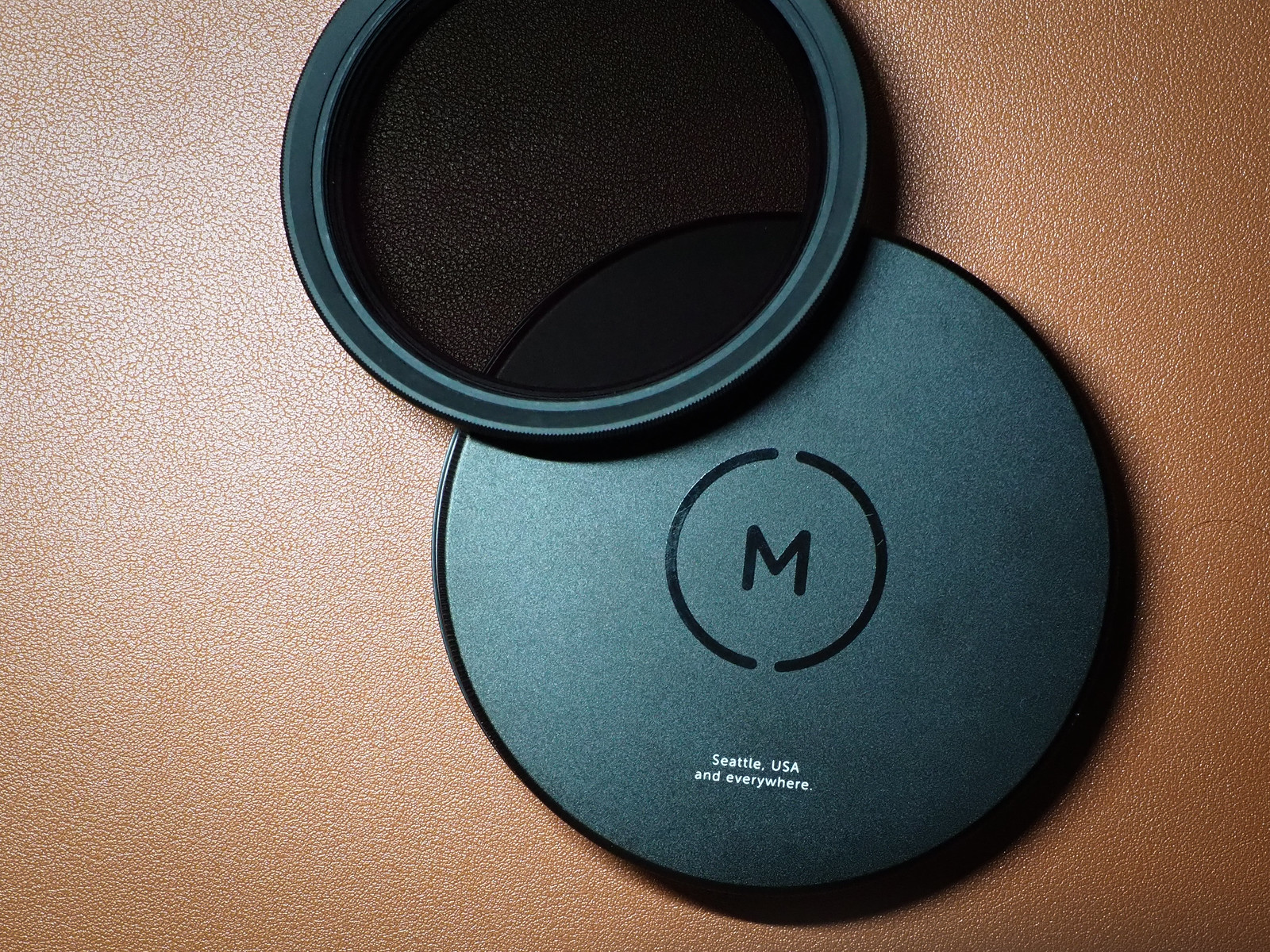Allow me to start by sharing my appreciation of this kind gesture by 2 friends who offered the loan of the ‘best’ from Fujifilm X-mount for this review.

Glad to have you here, and to get you ready for the detailed honest hands-on review coming up and for your easier reading – this review will have 4 sections:
1. History of the XF50mm ƒ1.0 (and XF33mm ƒ1.0).
2. Rationale & Specifications for the XF50mm ƒ1.0
3. Handling & Performance
4. Conclusions – is the XF50mm ƒ1.0 really the ‘One’ for X-mount users?
Section 1 – History of the XF50mm ƒ1.0 (and the XF33mm ƒ1.0)
Some of us will know that the XF50mm ƒ1.0 was not part of Fujifilm’s original plan. As early as 2017, what started with rumours was a plan to produce a ‘wet-dreams’ level lens, the XF33mm ƒ1.0. Then reality (or ‘physics’ as educators like me call it) hit leading the XF33mm ƒ1.0 to be replaced by the XF50mm ƒ1.0 in late 2019.

Personally, I don’t think the typical user would find joy (channeling Marie Kondo here) lugging approximately 1.2kg for a 50mm focal length equivalent lens even if it gave an aperture of ƒ1.0. In fact, I remember that the XF33mm ƒ1.0 prototype was so huge that a tripod collar was even considered and this would have killed Fujifilm’s concept of ‘compactness’.
*Fun Fact – Fujifilm did claim the XF50mm ƒ1.0 is approx 35% smaller than the XF33mm ƒ1.0 in their press announcement.


Fast forward a few months, the XF50mm ƒ1.0 was finally revealed to the public on 3 Sept. Key phrases uttered were this is the world’s first f/1.0 autofocus lens for mirrorless cameras. But let’s be honest, the question we will look at answering today is frankly:
Is the XF50mm ƒ1.0 the ‘One’ ?
you know… the One?

Section 2 – Rationale & Specifications for the XF50mm ƒ1.0

Let us start with the elephant in the room. The XF50mm ƒ1.0 is hefty by Fujifilm X-mount prime lens standards. As they go, only the XF200mm ƒ2 is larger. (my review of it is here). To compare, the XF50mm ƒ2 comes in at 200 grams (7.05 ounces) vs XF50mm ƒ1.0’s 845 grams (29.8 ounces).




click on pictures above to expand them.
The Xf50mm ƒ1.0 is a lens that was designed on the concept of maximum aperture performance, all about obliterating the background and providing optical quality as good as Fujifilm can deliver. The designers of the XF50mm ƒ1.0 is not concerned on making it small enough to stuff into your jeans back pocket, it is not about even making it affordable for the bored hobbyist, because Fujifilm already has options like the XF56mm ƒ1.2 or the XF50mm ƒ2 for these users.

The lens comes in at a beautiful 12 elements in 9 groups and a 9-bladed rounded aperture. The lens delivers an angle of view of 31.7° and has a minimum focusing distance of 0.7 meters with a maximum magnification of 0.08x. Filter thread size is 77mm and the lens comes in at 103.5mm length and φ87mm.
Before anyone complains about the weight, let me put it this way, if Fujifilm did a XF50mm ƒ1.0 and told me it’s 300 grams I would seriously have a lot of doubts about its optical competence.
‘Keith Wee, 2020‘



click on pictures above to expand them.
Before we go further – here’s my standard disclaimers. (feel free to skip)
- All samples shared here are shot by me with the X-T4 and XF50mm ƒ1.0. Both are on loan from Fujifilm Asia Pacific and will be returned at the end of the review.
- All images were shot in RAW & edited to my preferences. Photos of Nicole (the pretty lady) were shot in Classic Neg with custom WB. Photos of Lynn (the cute lady) were shot in Provia.
- I am pretty easy-going with copyright & will appreciate a request if you wish to use these images.
- Though it is common sense we use a variety of aperture values but as most readers are curious about the performance at f1.0, most of the samples shared were deliberately chosen to be from ƒ1.0.
Section 3 – Handling and Real life experience
In terms of its construction, the lens is really well built and it is robust. As X-mount lenses go, we have a dedicated aperture control ring, with engraved markings at full stops from ƒ1.0 through the minimum aperture of ƒ16. The focus-by-wire lens has a large focus ring which is smooth with a good amount of resistance. A nagging complaint is I personally find that the aperture ring can be tighter.

Not often shared, the XF50mm ƒ1.0 takes in so much light that at f/1.0, the lens allows the Fuji X-Pro3 and X-T4 cameras’ autofocus systems to operate at -7EV (exceeding the previous limit of -6EV).
In simpler English, the ƒ1.0 allows you to shoot in light twice as dim with an ƒ1.4 lens, eight times as dim with an ƒ2.8 lens and on if we assume the same ISO and shutter speeds.

But experienced users know that it is more than that, for example how does the rendering and noise level go at this level of dimness?

Here’s some samples of the XF50mm ƒ1.0 at close to 21:00 hours at night in dim light, to look the level of noise at higher ISO values.

*Fact – The lens making holy grail is actually not maximum aperture, but having outstanding sharpness and excellent image quality shooting at maximum aperture for these wet-dream lenses. To explain further, this is exactly why the Ibelux 40mm f0.85 lenses have hardly found mainstream acceptance.
Eye-detection somehow takes longer to activate when the camera is in portrait mode vs landscape mode, and comes in within 1-2 seconds, and is pretty ‘sticky’ once it maps to an eye to track.


It can be challenging to nail focus wide open at ƒ1.0, especially when photographing a moving subject, from my experience the best way to manage the thin depth of focus is to use autofocus, and manual focus the remaining bit to get tack sharpness. Focus reliability for moving objects can be improved but we have to note that this is a specialised lens for portraits, not a lens you bring to shoot the next dirt-track motorbike competition.

The lens delivers good sharpness, nice bokeh and demonstrates pretty good control of aberrations. In fact, I will say that the XF50mm ƒ1.0 can render most beautifully when the right conditions are met. This may sound illogical to some but the …
XF50mm ƒ1.0 renders in a cinematic way which reminds me of the XF35 ƒ1.4 classic leaving me a very intriguing impression of a lens with unique character.

Marketing wise, I was kinda disappointed that Fujifilm did not include a ND filter (they did so for the XF56mm APD) as a ND filter is an absolute necessity even shooting at ISO200 in good light wide open. (I don’t use ISO160) For the review period, I used a variable ND from Moments which worked very well, and most of all, allows me to go from ND 4 to 32 easily.
*If you wish to make a purchase the link is at: https://moment.8ocm68.net/joxMa (no, I will not receive any commission for this so ya, no worries regarding this aspect)


Section 4 – Conclusions: Is the XF50mm f1.0 the One?
The XF50mm ƒ1.0 is Fujifilm X-mount’s 35th lens. Unlike what some reviewers will tell you, I will be honest and say upfront it is a specialised lens, like the XF200mm or the XF80mm.




click the images above to expand them.
The XF50mm ƒ1.0 is is a lens where if you are thinking of reasons to buy it, you shouldn’t, and if you are getting it, you already have a fair idea of why you need it and how you plan to use it. For example, the XF56 APD and Standard versions lack weather sealing, and the former lacking PDAF support and if these matter to you, then you will find the XF50mm ƒ1.0 the One for you.
The XF50mm ƒ1.0 is a specialist lens.
and let’s face it, not all of us are specialists.

Fujifilm has done a pretty good job in providing portrait options like the XF50, XF56, XF56 APD (and might I say, the XF90mm ƒ2 and XF80mm ƒ2.8 too) and thus it is obvious the next step is to continue pushing the boundaries. Like the Nikon 58mm ƒ0.95 lens (SGD11499) coming in at 2kg and no auto-focus, the XF50mm ƒ1.0 are lenses that push the boundaries of optics-making.
Ultimately, the XF 50mm ƒ1.0 is greatly enjoyable to use, and it will deliver for the most demanding X-mount users. A positive take is that Fujifilm has achieved the first ƒ1.0 Autofocus lens for mirrorless cameras, and that users again are spoilt for choice in a system that can proudly say that it is barely even a decade old.

What will your take on this question be?
Thank you for reading 🙂

Excellent review Keith, I was looking for your review on the date of announcement. In your opinion, how does the XF56 stand against this lens?
LikeLike
The XF56 is really much compact compared to the XF50/1 and it will still have reasons for its presence. Key improvements is probably the WR , faster AF and of course , the ‘better’ bokeh associated with the 50/1 and this has to go back to our needs. Vs the 56 APD however and given its price being similar to the 50/1, its clear the choice is to go for the 50/1
LikeLike
I like the honestly and insights you gave!
LikeLike
Thank you for the kind words 🙂 glad to see someone drop by
LikeLike
I really enjoy the portraits shared, mind sharing on what were the adjustments made to the photos ?
LikeLike
Hi, for Nicole’s photos – they were shot in classic negative and WB adjusted in post processing for a ‘cooler’ feel. Somehow the warmer tones did not feel … right to me this round.
LikeLike
The 50/1 looks to be pretty bulky, how do you find it as a choice for the typical enthusiast?
LikeLike
I still find it more a specialist lens imo. There were times when I was reminded of holding the GFX when using the X-T4 and 50/1 setup in terms of weight haha. The 50/1 is still a lens for those who are clear about what they wish to achieve.
LikeLike
Hi Keith,
My only problem with investing more cash in Fuji is the Eye AF is not as good as the Sony A series.
When they catch up I will not hesitate to buy this lens.
Is the Eye AF any stickier and responsive at f1.0 vs other apertures.
LikeLike
Hi Michael, I do concur with your observation with the first point. Sony’s AF system is still pretty tough to beat / match. I would say the eye AF is pretty sticky and reliable at f1.0 once the camera system is able to map onto the eye and this is pretty good in the case of such thin depth of field 🙂
in good light activation is pretty fast but in dim light eye AF might take 1-2s to activate.
LikeLike
You mentioned that a ND filter was included with the 56mm, when was that?
LikeLike
https://fujifilm-x.com/global/products/lenses/xf56mmf12-r-apd/
a ND filter was (and I hope is still) included with the APD version of the 56mm. You can find the statement in the para on ‘high build quality…’ 🙂
LikeLike